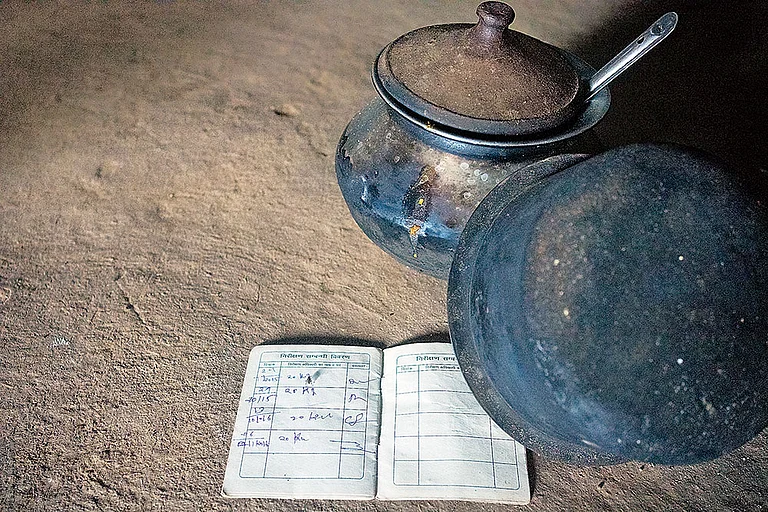India, the world's largest producer of milk and second-largest producer of sugarcane, rice, and wheat, faces a paradox: record food production has failed to translate into better nutrition for the citizens. The 2024 Index ranks India 105th among 127 countries, placing it in the ‘serious’ category for hunger levels with a score of 27.3.
The 2024 Global Hunger Index (GHI) ranks India 105th out of 127 countries, categorising its hunger levels as "serious" with a score of 27.3.
A score below 10 indicates low hunger, while scores above 20 signify serious, alarming, or extremely alarming levels. India's ranking is particularly concerning given its status as one of the fastest-growing economies and a population of 1.45 billion people.
India joins 42 countries, including Pakistan and Afghanistan, in the "serious" category. In contrast, Bangladesh, Nepal, and Sri Lanka have better GHI scores, falling under the "moderate" category.
India's GHI Score is based on the values of four component indicators: 13.7 per cent of the population is undernourished, 35.5 per cent of children under five are stunted with 18.7 per cent of them being wasted, and 2.9 per cent of children die before their fifth birthday, the report notes.
What is Global Hunger Index
The Global Hunger Index (GHI) is a widely recognised tool used to track and measure hunger levels across the globe. The 2024 report, now in its 19th edition, was published by Irish humanitarian organisation Concern Worldwide and German aid agency Welthungerhilfe.
So, how is hunger measured? The GHI uses four key indicators:
Undernourishment - the percentage of the population lacking sufficient caloric intake
Stunting - the percentage of children under five with low height for their age
Wasting - the percentage of children under five with low weight for their height
Mortality - the fatal combination of inadequate nutrition and unhealthy environments
Each country's GHI score is calculated on a 100-point scale, with zero indicating no hunger and 100 representing the worst possible score. Not all countries are included in the GHI rankings. High-income countries with low hunger prevalence and minimal correlation between child mortality and malnutrition are excluded.
The data used to compile these scores comes from a number of sources, including UNICEF, the World Health Organisation (WHO), the World Bank, the Food and Agriculture Organisation of the United Nations (FAO), the United Nations Interagency Group for Child Mortality Estimation (UN IGME), and the Global Database on Child Growth and Malnutrition.
Causes of Hunger In India:
There are various factors contributing to India’s hunger crisis.
-Poverty remains the primary cause, severely limiting food choices and leading to hunger-related deaths. High food prices and regional development disparities exacerbate the problem.
-Demographic factors such as gender, caste, and age have a substantial impact on nutritional health. For example, the dietary needs of girl children and the elderly often go unmet, and the socio-economic disparities perpetuate unequal access to balanced nutrition.
-Poor policy execution aimed at addressing hunger and malnutrition hampers progress. Additionally, nutritional deficiency continues, particularly among vulnerable populations.
-Climate change has emerged as a major driver of food insecurity in India. Changes in rainfall patterns, agricultural seasons, and crop yields, combined with extreme weather events such as droughts and floods, further exacerbate the crisis.
Worst Hit Countries
Globally, a staggering 735 million people face hunger and starvation. Conflict-ridden countries like Somalia, Yemen, Chad, and the Democratic Republic of the Congo are among the worst-hit, with wars in Gaza and Sudan exacerbating food crises.
Ten worst hit countries are:
- Somalia
- Yemen
- Chad
- Madagascar
- Democratic Republic of the Congo
- Haiti
- Niger
- Liberia
- Central African Republic
- North Korea
While Sub-Saharan Africa dominates the index, with over 20 per cent of its population struggling with undernourishment, South Asia takes the lead in terms of the total number of undernourished individuals.



















